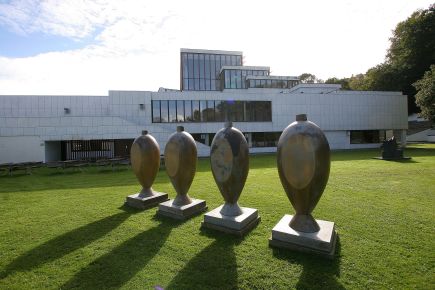Legoland
At Legoland just about everything is constructed from Lego bricks—more than 50 million of them. Among its incredible structures are scaled-down versions of cities and villages from around the world (Miniland), with working harbors and airports; the Statue of Liberty; a statue of Sitting Bull; Mt. Rushmore; a safari park; and Pirate Land.
Some of the park's other attractions are more interactive than the impressive constructions. The Falck Fire Brigade, for example, allows a family or group to race eight mini fire engines. The Power Builder Robots allow children and adults to sit inside robots as they program their own ride.




